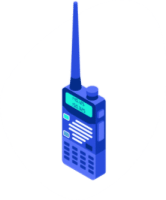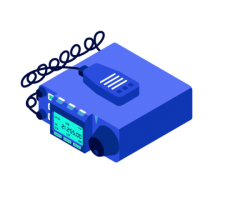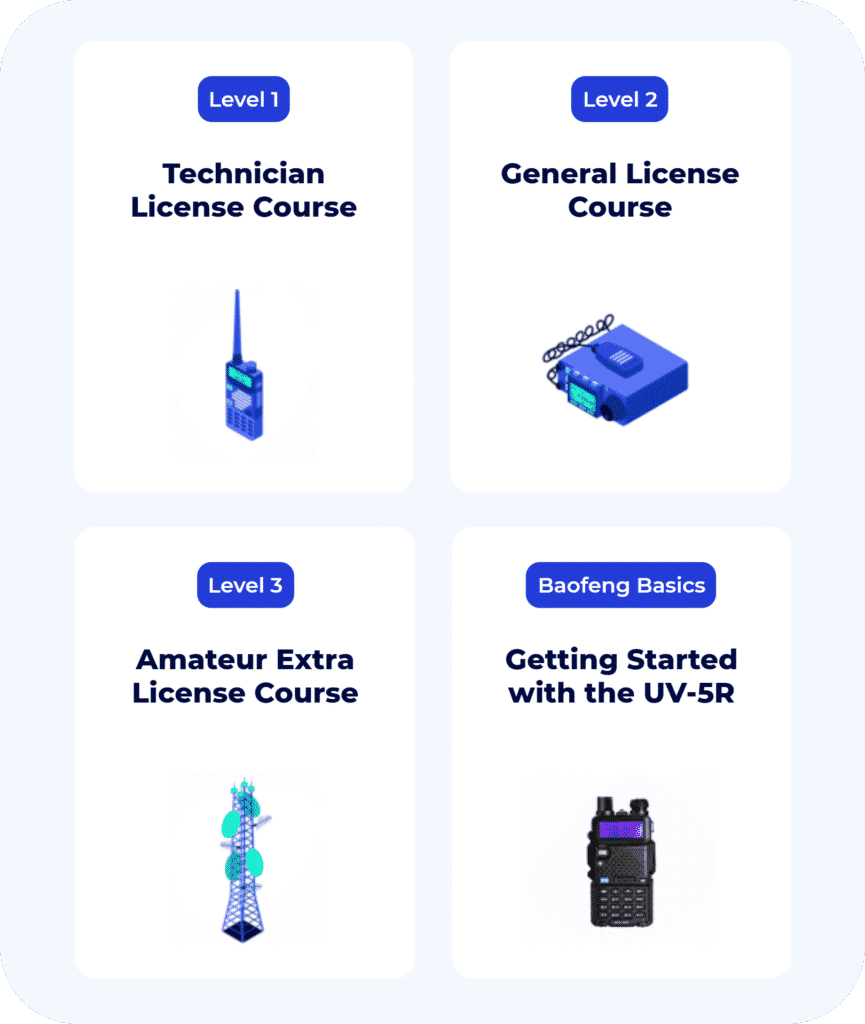Learning CW (Morse code) is an exciting milestone in any ham radio journey—and for many, it starts with one simple but important question: Should I get a straight key or a paddle? In this guide, based on our visit to the Begali booth at a recent hamfest, we’ll walk you through the basics of CW key types, the differences between straight keys and paddles, and what to look for when choosing your first key.
Whether you’re just starting out or upgrading to something elegant and precise, Begali Keys might just have the perfect fit for you.
Why Morse Code Key Choice Matters
When you’re first getting into CW, having the right equipment is essential—not just for performance but also for motivation. A well-built key can make practice more enjoyable and help you learn with better accuracy.
Straight Key vs. Paddle
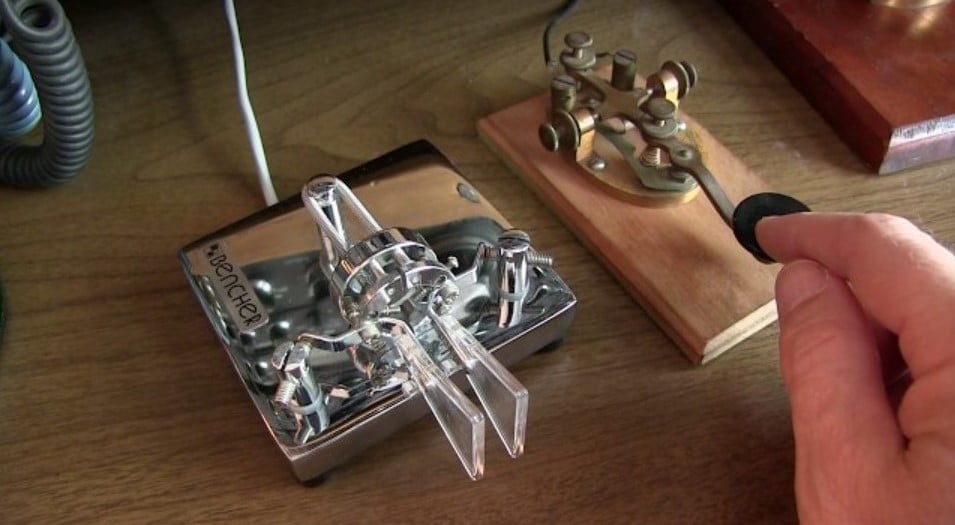
Source: https://www.youtube.com/watch?app=desktop&v=78VXLVZckIQ&t=423s
The first decision is choosing between:
-
Straight Keys: Great for beginners learning timing and spacing manually.
-
Paddles: Often preferred for speed and ease, especially when paired with an electronic keyer.
Many clubs recommend starting with a straight key to learn the fundamentals. However, if you’re aiming for faster proficiency, a paddle might be a better long-term investment.
Exploring Begali’s Morse Code Keys
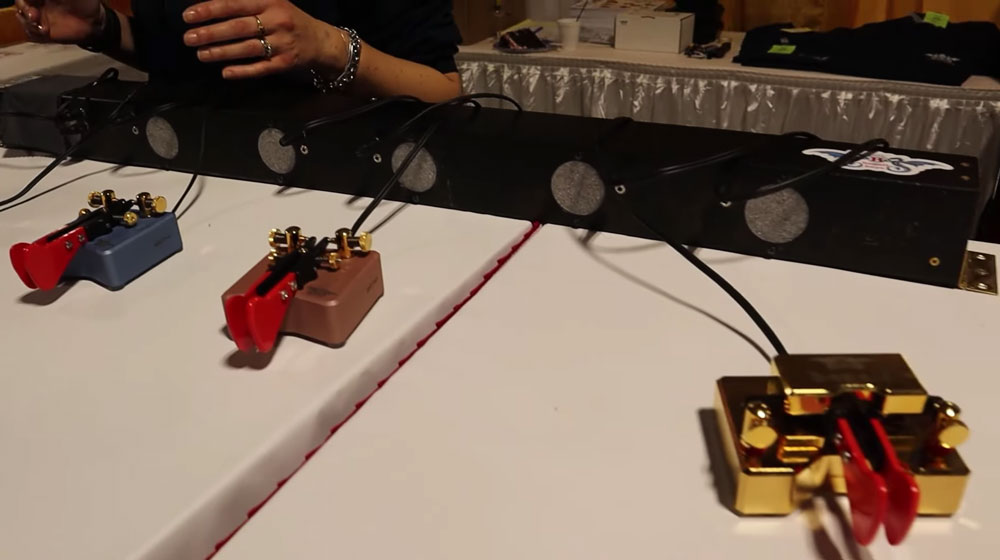
Begali, a renowned Italian manufacturer, crafts some of the most elegant and high-performance CW keys on the market. Here’s what we discovered at their booth:
1. Types of Straight Keys
Begali offers several types of straight keys, each with a unique mechanism:
-
Spring Mechanism: Classic design with good tactile feedback.
-
Blade Mechanism: Offers a very smooth and precise action.
-
Magnet-Controlled Mechanism: Adjustable tension for personalized control and reduced fatigue.
All are engineered for long-term use and durability, with models weighing up to 2 kilograms for solid, non-slip operation.
2. Convertible Paddles: Mono & Dual
For those ready to dive into paddles, Begali offers:
-
Mono Lever Models: A single movement paddle—simple and effective.
-
Dual Lever Paddles: Allow for squeeze keying, enabling faster CW and better rhythm.
You can even find hybrid models that convert between single and dual lever styles—like the Janus, named after the Roman god with two faces, perfect for versatility.
Performance Meets Art: The Look and Feel of a Begali Key
What makes Begali stand out isn’t just performance—it’s also style and craftsmanship.
-
Sakote Finish: A ceramic coating used by firearms manufacturers, this finish resists fingerprints and feels velvet-smooth.
-
Solid Gold Contacts: Available for superior conductivity and premium feel.
-
Custom Engravings: Add your callsign or logo to personalize your key.
-
Unique Textures: From polished brass to marbled designs, no two keys look exactly alike.
As one of our team said in the video, “When you think of beautiful Morse code keys, you think of Begali.”
Our Top Pick for Beginners
After exploring the full range, we settled on the Begali Simplex Pro, a spring-return paddle with a white and gold finish—elegant, durable, and designed to last a lifetime.
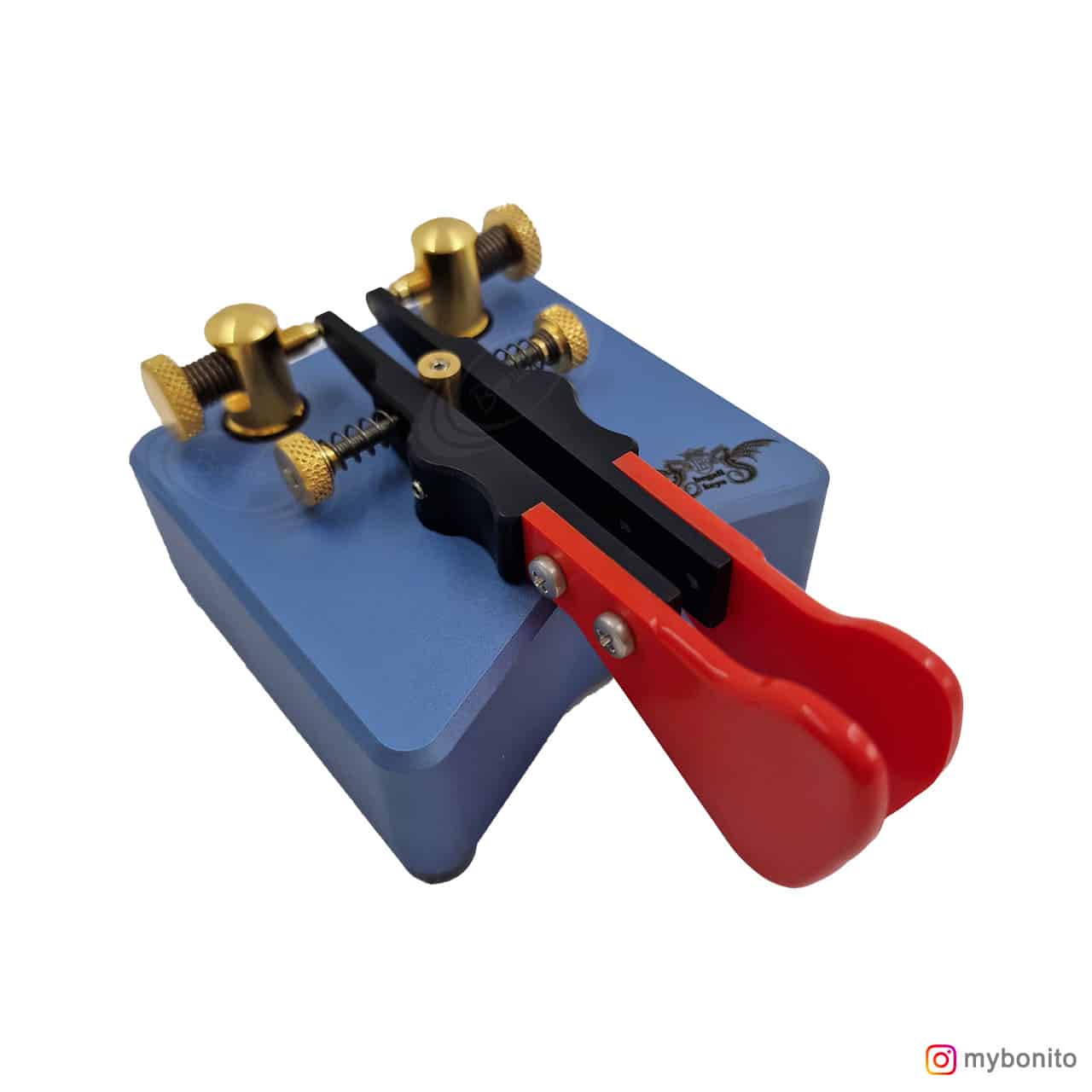
Why we chose it:
-
Lightweight and portable (about 2.5 lbs)
-
Easy to maintain and adjust
-
Available with multiple finger piece options (solid, perforated, red, black, etc.)
-
Affordable at around $220 with included dust cover
It’s a fantastic all-purpose key for home use, portable ops like POTA, and long-term learning.
Final Tips for Choosing Your First CW Key
-
Decide based on your goals: Learning fundamentals? Go for a straight key. Want to progress quickly? Try a paddle.
-
Think about where you’ll operate: Portable ops? Look for lightweight, detachable models.
-
Choose quality: A well-built key not only performs better—it holds its value and makes learning enjoyable.
-
Don’t overlook the extras: Dust covers, finger pieces, finishes—they all matter.
Special thanks to Bruna and the Begali team for their time and expertise. Whether you’re buying your first key or adding to your collection, Begali Keys are truly a work of art.

